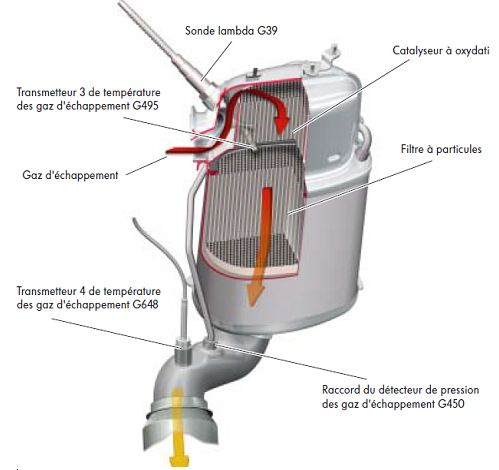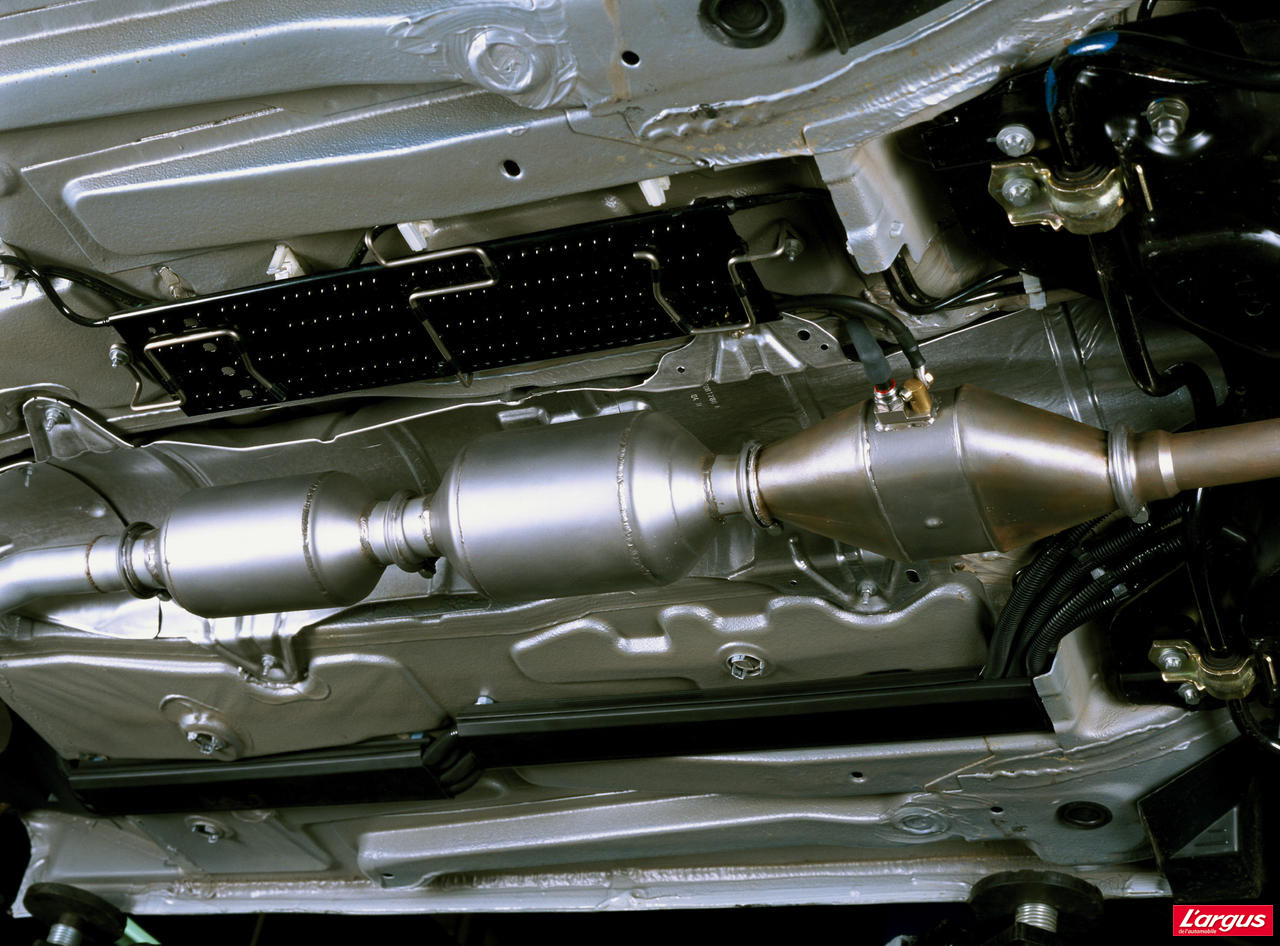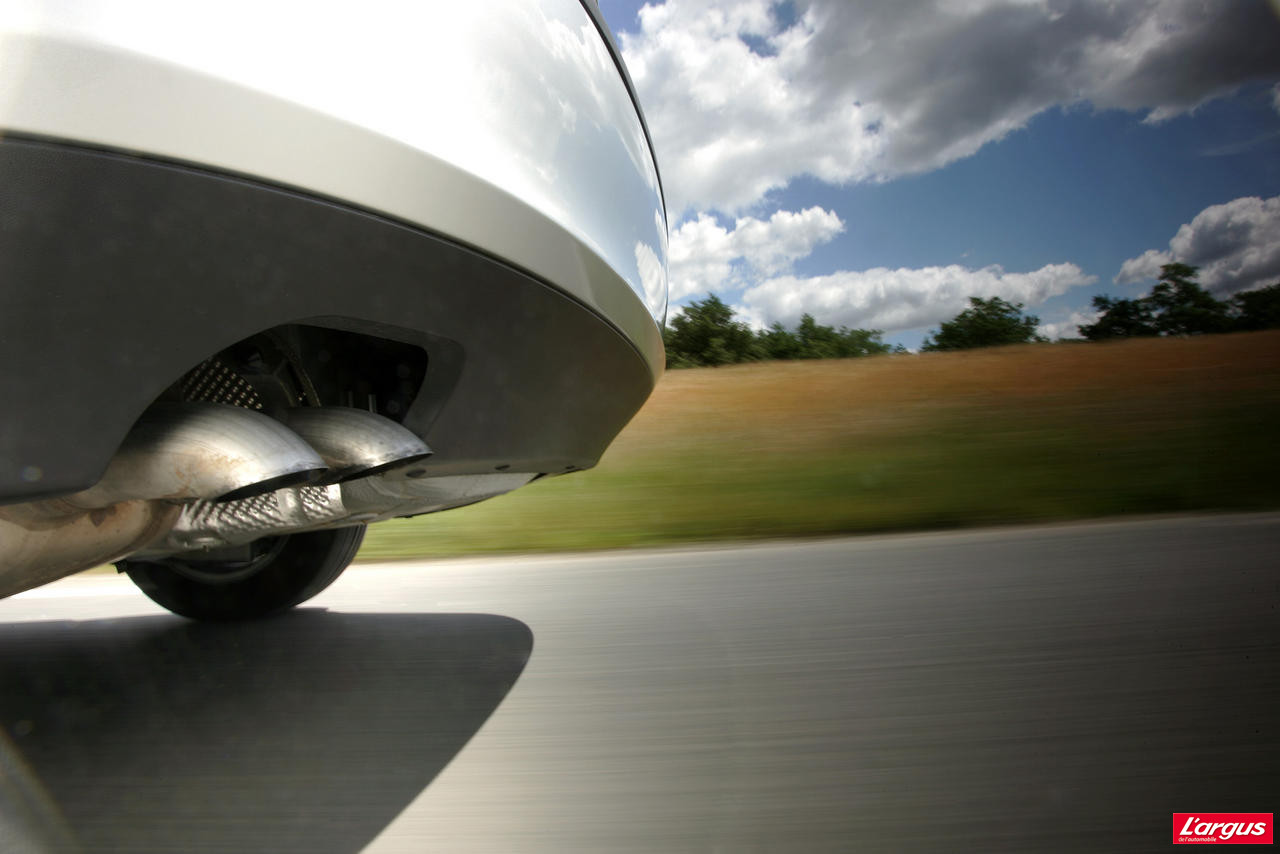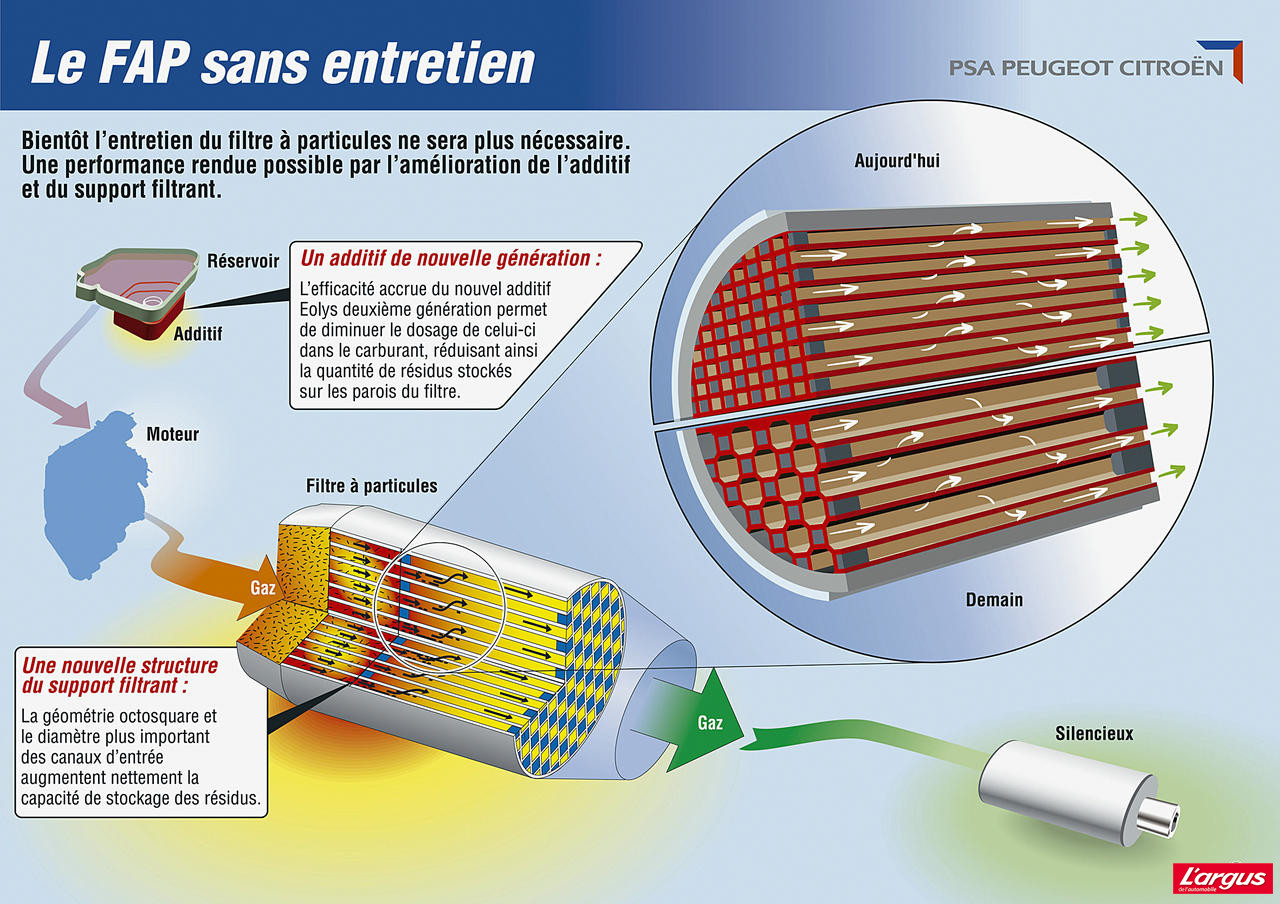Why does the catalytic converter foul?
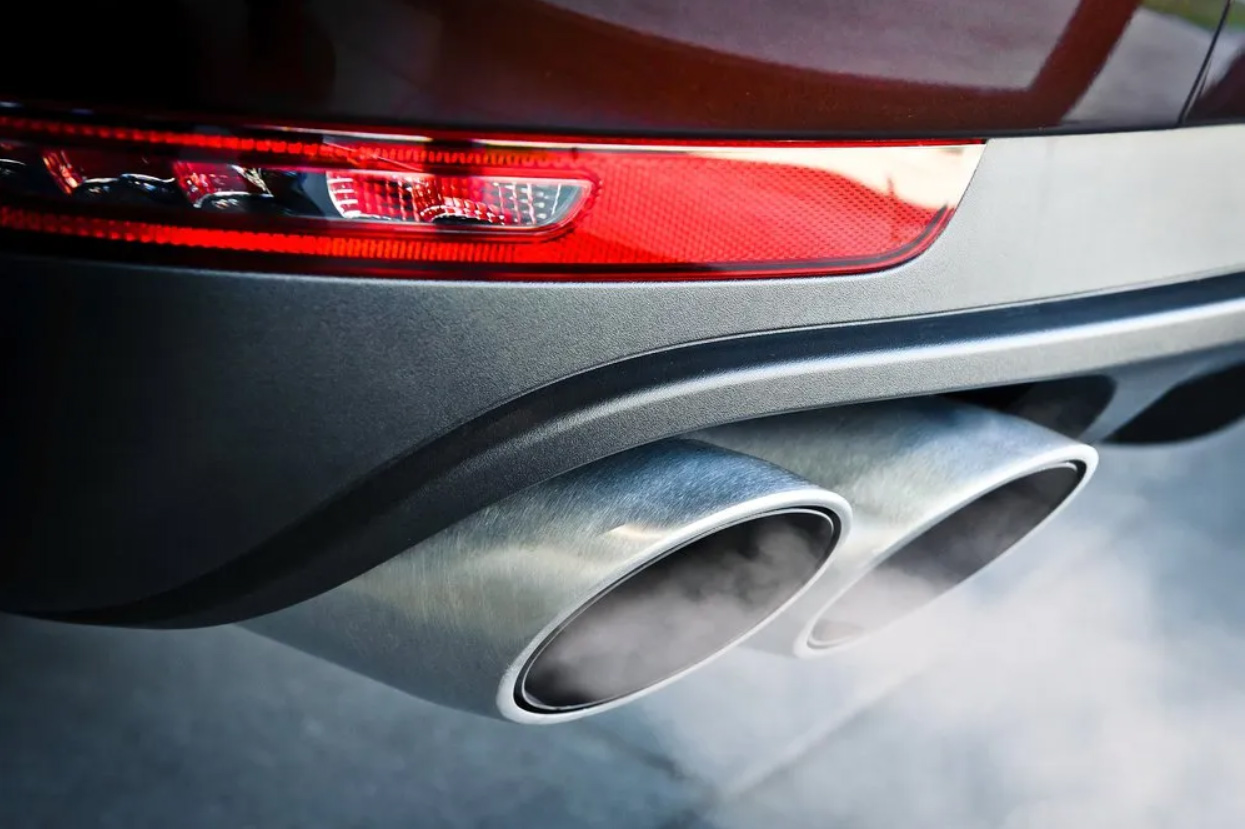 The catalytic converter fouls due to the build-up of soot that occurs when fuels are burnt in the engine. The catalytic converter contains materials such as platinum, palladium and rhodium, which help to convert exhaust gases into less polluting substances before they are released into the atmosphere. However, when these exhaust gases contain excessive quantities of nitrogen oxides, soot particles, carbon monoxide and unburnt hydrocarbons, the catalytic converter can become clogged.
The catalytic converter fouls due to the build-up of soot that occurs when fuels are burnt in the engine. The catalytic converter contains materials such as platinum, palladium and rhodium, which help to convert exhaust gases into less polluting substances before they are released into the atmosphere. However, when these exhaust gases contain excessive quantities of nitrogen oxides, soot particles, carbon monoxide and unburnt hydrocarbons, the catalytic converter can become clogged.
Fouling of the catalytic converter can occur for several reasons :
- City driving : Cars that are mainly driven in the city tend to have dirtier catalytic converters than those driven on more open roads, as frequent stopping and starting can prevent the catalytic converter from heating up enough to operate efficiently.
- Poor fuel quality: Using poor-quality fuel can also lead to catalytic converter fouling, as this can increase the quantity of harmful substances emitted in the exhaust gases.
- Fuel injection system faults : Problems with the fuel injection system, such as overboosting or excessive fuel injection, can also lead to clogging of the catalytic converter.
- High mileage : Vehicles with high mileage are more likely to have a clogged catalytic converter because the materials inside the catalytic converter can deteriorate over time and lose their ability to convert exhaust gases efficiently.
Ultimately, the catalytic converter becomes clogged mainly as a result of the build-up of harmful substances in the exhaust gases. To prevent clogging of the catalytic converter, it is important to follow the manufacturer’s maintenance recommendations and use a high-quality fuel.
Our solution to combat catalyst clogging
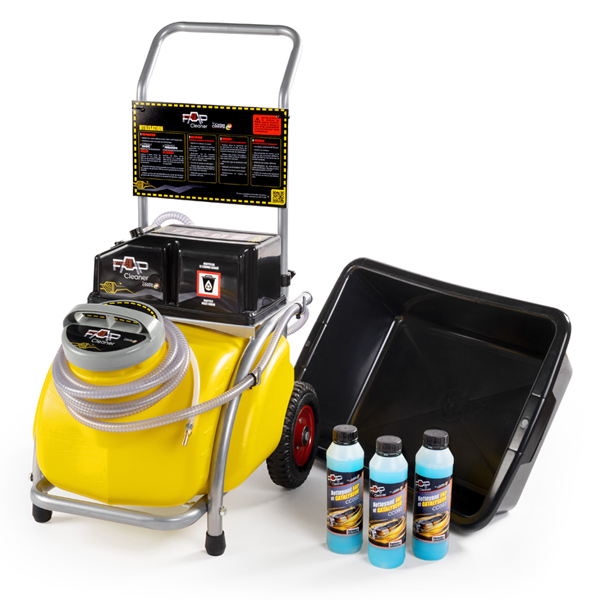 This operation is carried out with the engine hot and running, without dismantling. Several litres of our unique “CC082” cleaning solution are injected under pressure into the DPF or catalytic converter.
This operation is carried out with the engine hot and running, without dismantling. Several litres of our unique “CC082” cleaning solution are injected under pressure into the DPF or catalytic converter.
The cumulative reaction of the high temperature of the exhaust gases, the pressure exerted by the accelerations of the engine and our cleaning solution, has the effect of creating turbulence. These, by spreading in the DPF or the catalytic converter, make it possible to loosen the fine particles and to dissolve the adherent soot on the whole of the exhaust. They are then eliminated by an effective rinsing of the machine.
You have a problem with your vehicle, such as loss of power, an engine warning light on, exhaust fumes, or you’ve failed your roadworthiness test for pollution, contact us.
Before replacing expensive parts, don’t hesitate to contact our FAP Cleaner technicians who can accurately diagnose your problems and suggest alternative solutions before replacing the parts.


